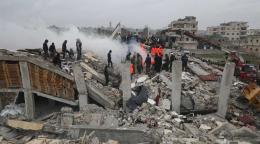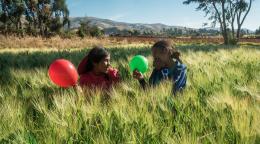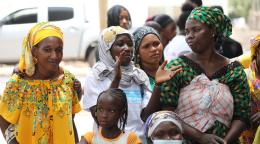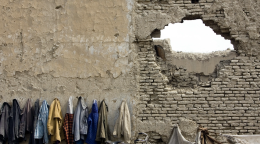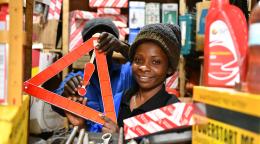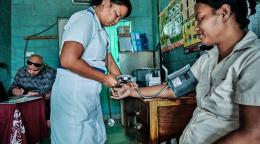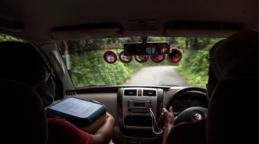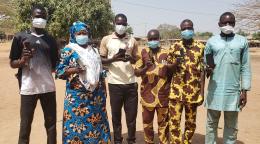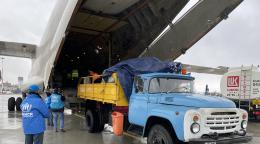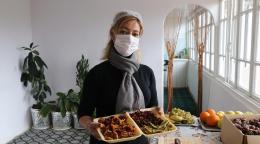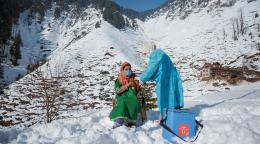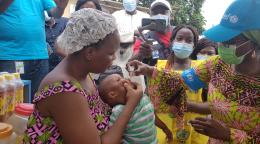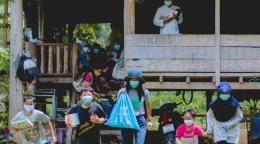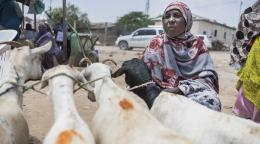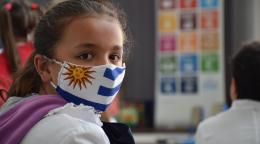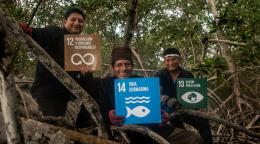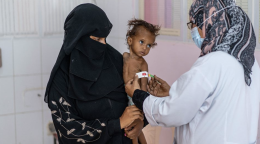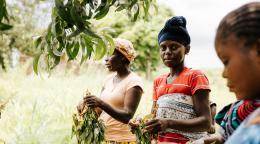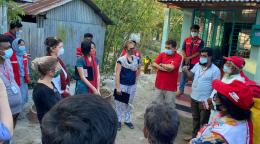On the edge of survival: In Myanmar, skipping meals so the kids can eat
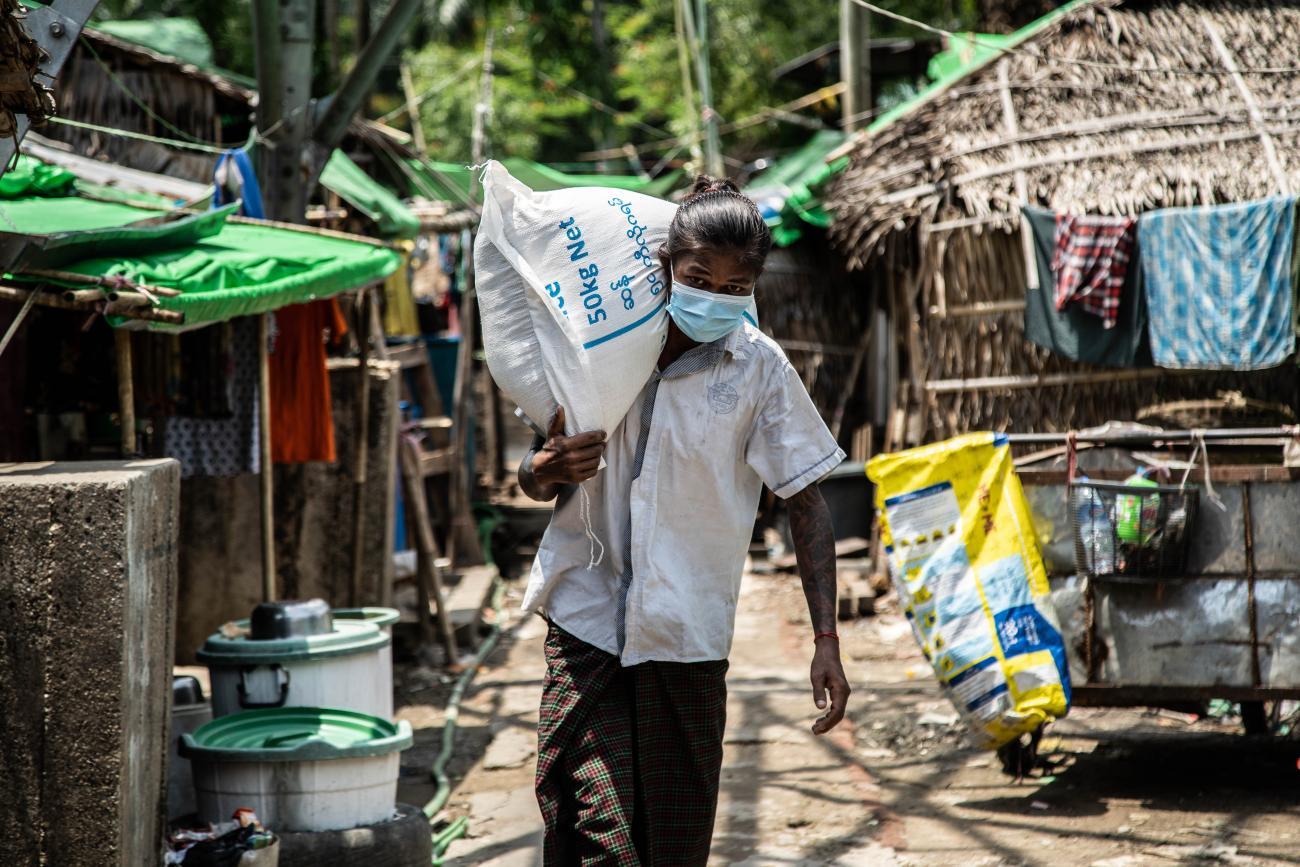
Amidst growing unemployment, rising food prices, and the devastating impact of floods and the COVID-19 pandemic, Myanmar’s most vulnerable are suffering.
Living from one meal to another
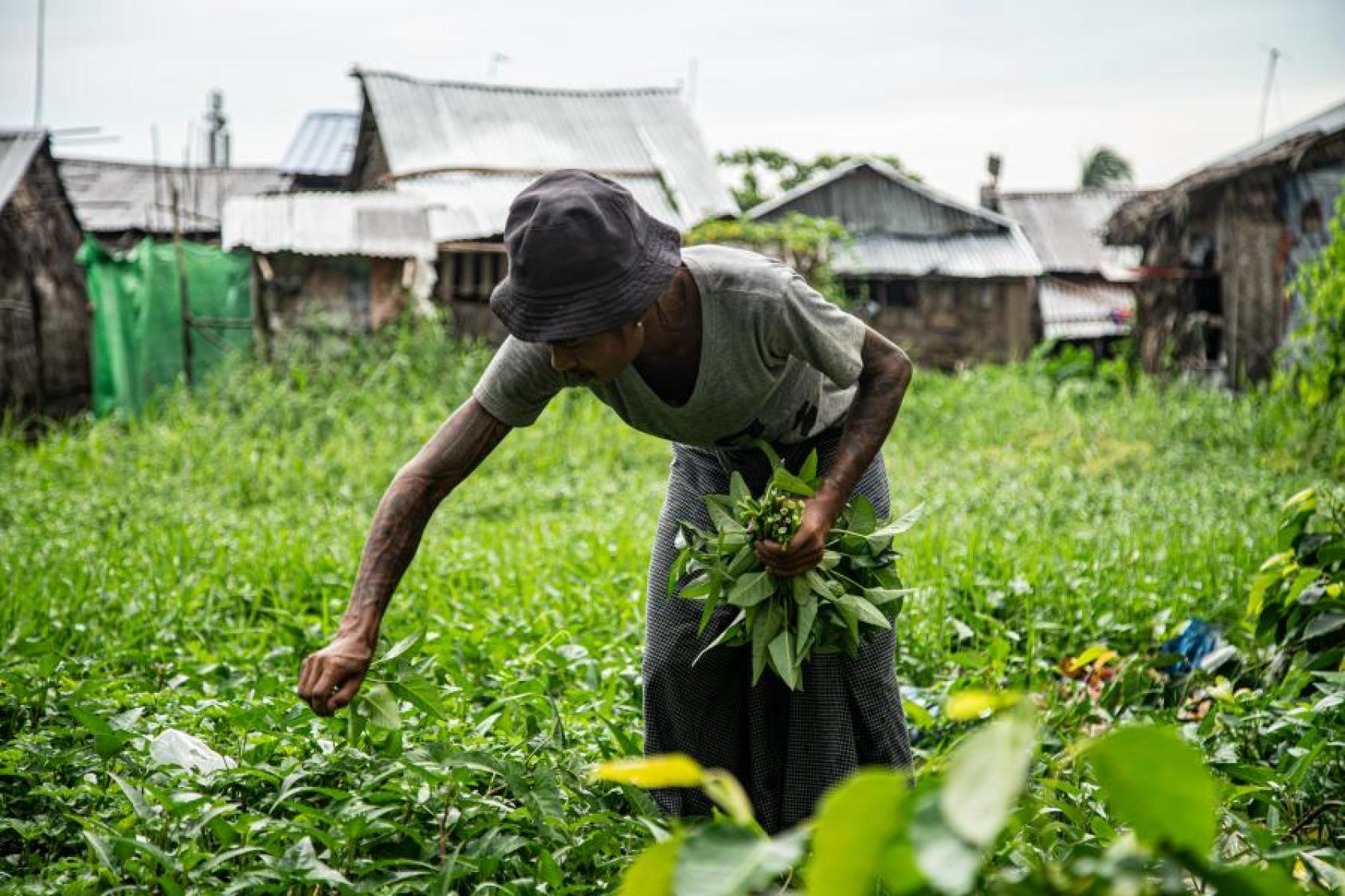
Ko Min and Ma Moe, husband and wife, have been struggling to put food on the table since February, as food prices have risen throughout Myanmar. Even basic foods are out of reach of the poorest people in the couple’s neighbourhood on the outskirts of Yangon, the capital city.
On a day like any other, Ko Min heads out to get food for his young family, juggling several odd jobs, hoping to bring in some money, while Ma Moe stays at home with their son and daughter. It’s been months since Ma Moe went to the market for groceries.
Ko Min plucks a handful of water spinach at a nearby swamp. He stops by a neighbourhood kiosk on the way home to buy eggs and some oil, just enough for a meal for his family of four. When Ko Min gets home, Ma Moe starts to prepare lunch. She serves the omelet with chopped onion, gently boiled water spinach and fish paste with the rice from a WFP food-assistance pack.
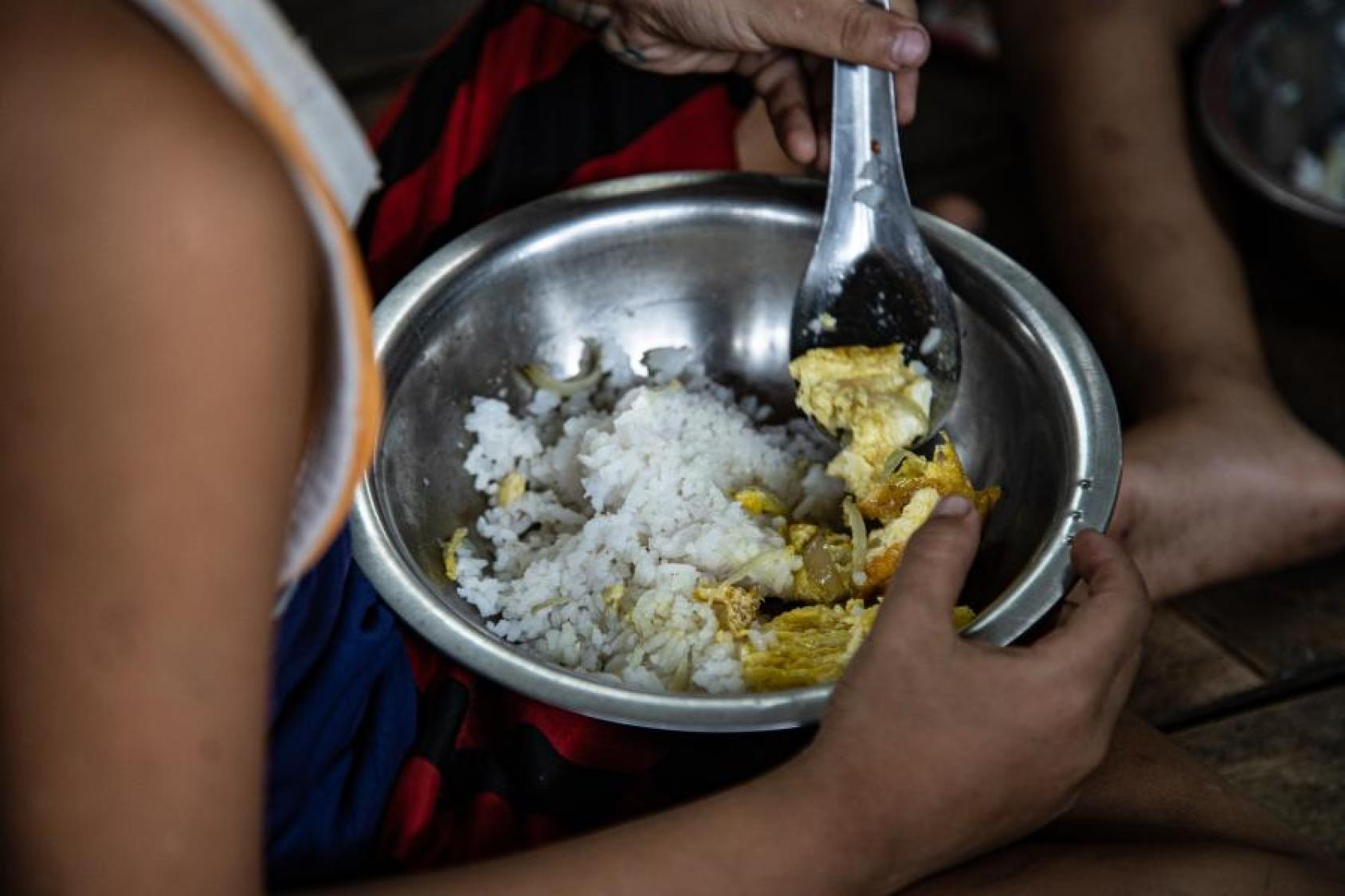
“We parents can live without food, but children can't, so we must find a way to feed them,” says Ma Moe, “Most people in my neighbourhood are also struggling. When we don’t have enough to eat, we just share what we have with others. Life is like this.”
With the cost of basic foods up 20 per cent since January, more parents are eating less or skipping meals entirely so that their children can eat. They are borrowing money, spending savings, or selling properties, just to put food on the table.
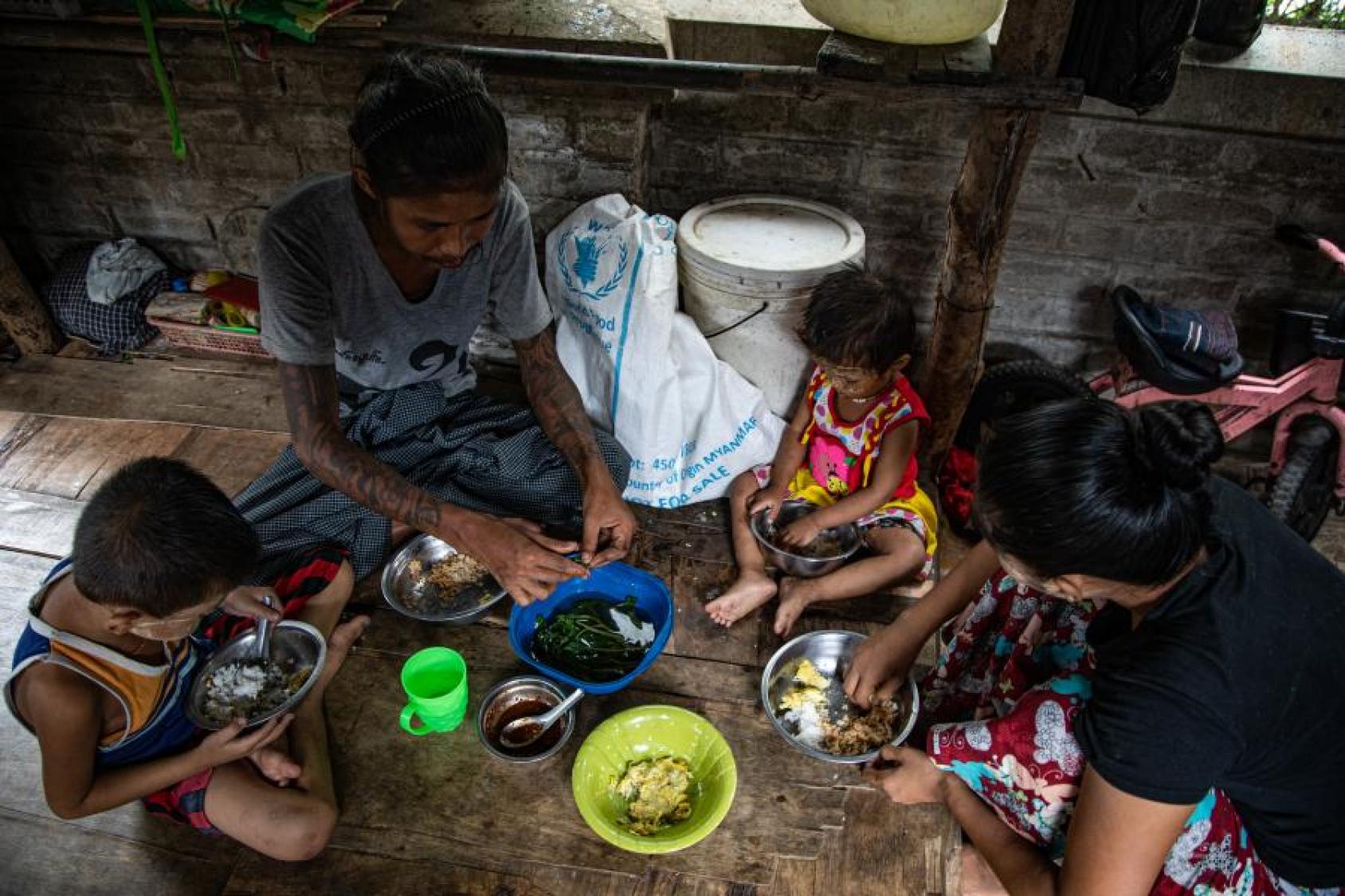
Having provided nearly a million people with food assistance in Yangon and Mandalay, WFP has ramped up its support to reach an additional 2 million, mainly in urban areas, while sustaining monthly food assistance in conflict-affected areas, and urgently planning food relief to thousands of newly displaced persons whose lives and livelihoods have been disrupted by recent violence. The majority of WFP food recipients are mothers, children, persons with disabilities or the elderly.
"I had tears of joy in my eyes on the day WFP donated to us,” says Ma Moe. “That afternoon, when receiving the food, I had mixed feelings of sorrow and happiness."
Life and livelihood at stake
Myanmar has experienced a third wave of COVID-19 and violent clashes between the military and armed groups. On top of these troubles, parts of Myanmar are being battered by this year’s monsoon season, with flood waters reaching as high as two metres — enough to engulf homes.
As rain battered homes and water levels began to rise, Mi Sazai’s anxiety levels soared.
The relentless downpour left 21-year-old Mi Sazai and the other nine members of her family – four of them children – stranded for two weeks in the upper room of their wooden home in Kyaik Maraw Township, in the southern State of Mon.
“I was scared that our house would be submerged,” Mi Sazai says. “And I was scared of a landslide.”
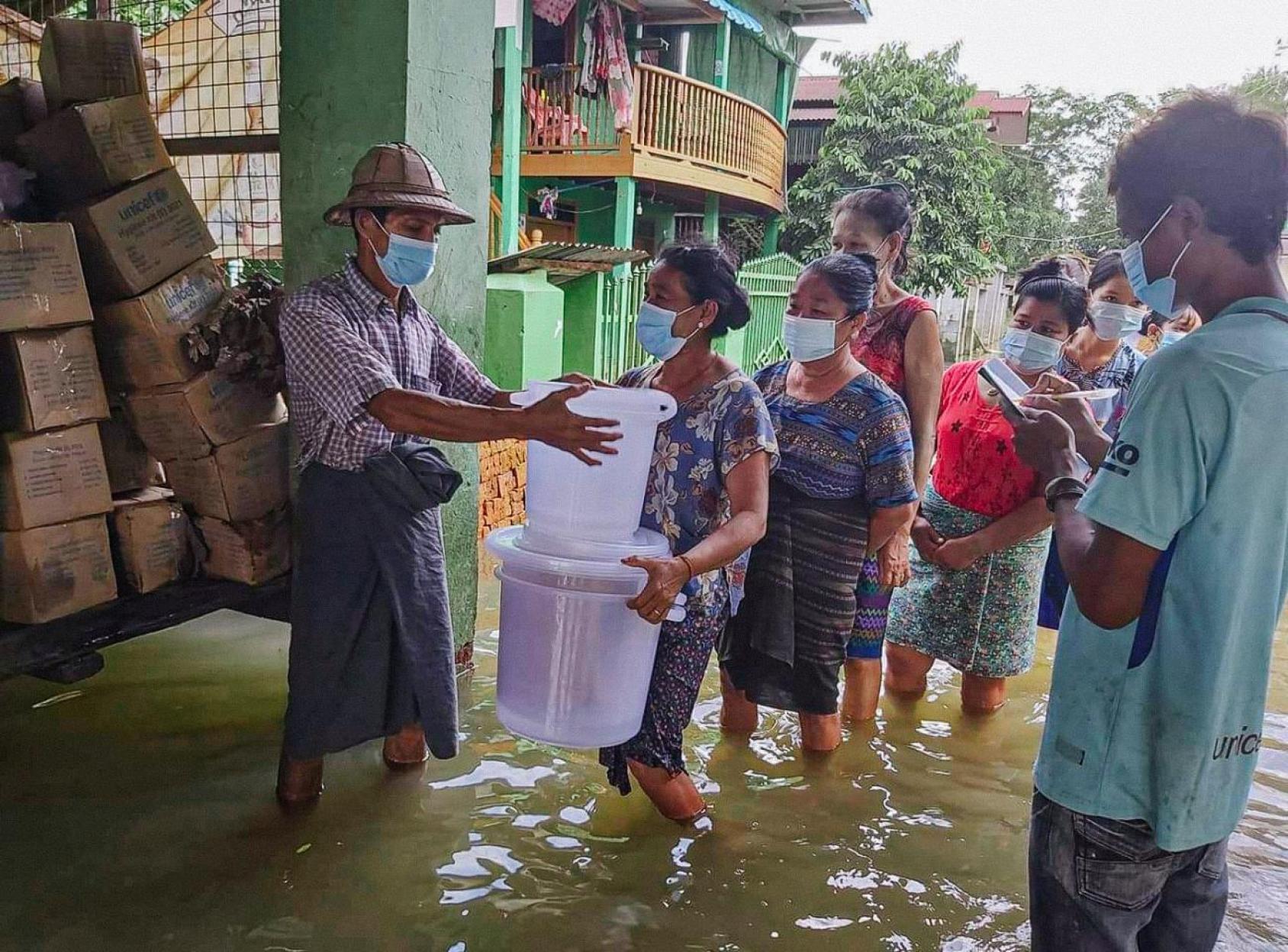
Earlier this year, a landslide at her school killed one person. Two years ago, 60 people died in a massive landslide that followed heavy rains like these in a nearby village.
“I was also worried about my sick mother running out of her medicines, and all of us having no food.”
The family desperately tried to cope by moving their belongings to the second floor, reducing meals from three to two a day, and collecting and boiling rainwater to drink.
“The only one who didn’t worry was my three-year-old niece as, fortunately, she didn’t know what was going on,” says Mi Sazai.
The floods take not just people’s lives, but also their livelihoods. Many people have lost their source of income, particularly casual labourers who worked in the paddy rice fields, which are now inundated with flood water. COVID-19 travel restrictions and security measures make it impossible for them to seek work elsewhere.
Many are resorting to moneylenders so they can buy food for their families. “They get a loan for three months at seven per cent interest. If they can’t pay it off, then they borrow again with additional interest. They are caught up in a vicious cycle of debt,” says Hong Sar Htaw, director of Women and Child Organization, a local NGO that partners with UNICEF to distribute relief supplies to the communities affected by the floods, including Mi Sazai’s village.
According to the UN, about three million people in Myanmar need urgent assistance. UNICEF’s humanitarian efforts continue, delivering essential supplies to communities in dire need.
Mi Sazai is determined to find a way to do her part too. As a geography student, she is learning about the impact of climate change. “I want to research climate change,” she says, “to find out how we can prevent this from happening again.”
This story draws from previously published stories by UN Myanmar (Story 1 and Story 2). Editorial support provided by Lyla Peng and Paul VanDeCarr of the Development Coordination Office. For more information on the United Nations' work in Myanmar, please visit: Myanmar.un.org. To learn more about the results of our work in this area and beyond, please read the UNSDG Chair Report on DCO.
